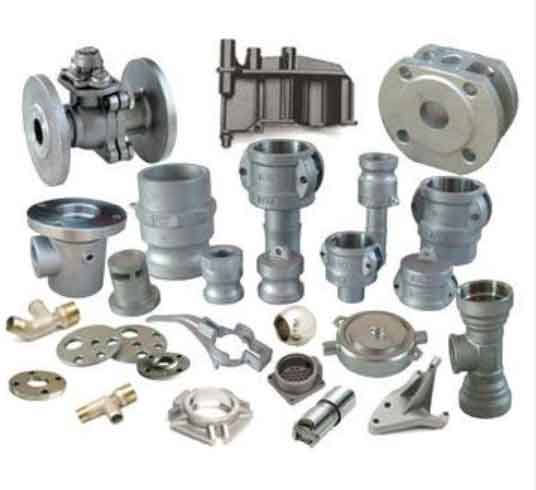Sand casting is a highly versatile and widely used manufacturing process that plays a crucial role in modern manufacturing. Its adaptability, cost-effectiveness, and ability to produce complex and intricate parts make it a key player in various industries. Here are some aspects that showcase the versatility of sand casting parts:

- Diverse Applications: Sand casting can produce a wide range of components of varying sizes and shapes, from small intricate parts to large industrial components. It finds applications in industries such as automotive, aerospace, construction, energy, agriculture, and more.
- Material Compatibility: Sand casting is compatible with a wide range of metals and alloys, including aluminum, iron, steel, brass, bronze, and magnesium. This diversity in material options allows manufacturers to choose the most suitable material for each application, considering factors like strength, corrosion resistance, and weight.
- Complex Geometries: Sand casting can accommodate complex part geometries with features like undercuts, fillets, and internal cavities that are challenging to achieve through other manufacturing processes. This capability makes it well-suited for producing parts with intricate details and designs.
- Cost-Effectiveness: Sand casting is a cost-effective manufacturing method, particularly for low to medium production volumes. The relatively low tooling and equipment costs, along with the ability to reuse molds, make it an attractive option for various industries.
- Rapid Prototyping: Sand casting allows for the quick production of prototypes, enabling designers and engineers to evaluate the design and make improvements before full-scale production. This speed in prototyping helps shorten product development cycles and time-to-market.
- Adaptability to Customization: Sand casting allows for easy customization of parts, making it ideal for one-off or low-volume production of specialized components tailored to specific requirements.
- Integration with Other Processes: Sand casting can be used in conjunction with other manufacturing processes such as machining, welding, and surface finishing, enabling manufacturers to provide fully finished components.
- Repair and Recasting: In cases where components become damaged or worn over time, sand casting allows for cost-effective repair or recasting, extending the lifecycle of the parts.
- Environmentally Friendly: Sand casting is considered a relatively environmentally friendly process compared to some other manufacturing methods. Sand molds are reusable, and excess sand can often be recycled.
- Scalability: Sand casting can accommodate both small-scale and large-scale production runs, making it suitable for various manufacturing scenarios.
In conclusion, the versatility of sand casting parts stems from its ability to produce a wide variety of components in different materials and sizes, its adaptability to complex geometries, and its cost-effectiveness. These characteristics make sand casting a key player in modern manufacturing, supporting various industries and contributing to the development of innovative products and technologies.
